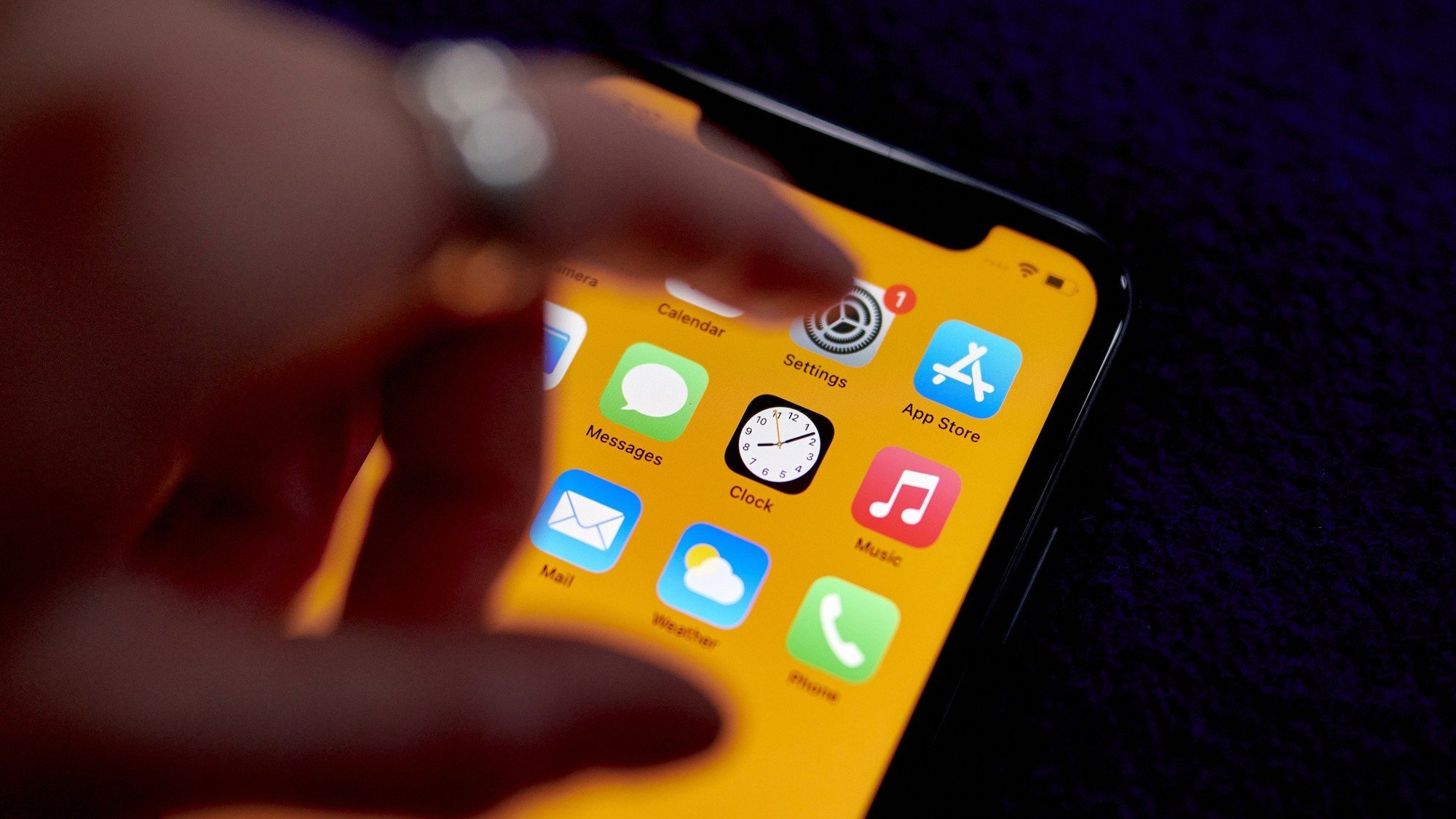According to TechRadar , a new report from VPN security company Surfshark shows that viruses are the most common threat, accounting for 42% of all malware detected since the beginning of 2023. In particular, Apple devices are the main target of a virus called 'Proxy.Agent', shattering the notion that Apple's system is absolutely secure.

Apple devices are prime targets for viruses
The report, based on data from Surfshark Antivirus users, found that 117 types of malware were detected in the first three months of 2024 alone. Five main types accounted for nearly 80% of all threats, including:
Virus
This is the most common type of malware detected, accounting for 42%. In particular, there is a type of virus called Proxy.Agent that is mainly attacking Apple devices, causing users to worry about the security that is considered to be absolutely high in this ecosystem.
Trojan
The second most common type is malware that steals information: Trojans. With Dropper.Gen being the most common type. It works to install additional malware and adware, but disguises itself as a legitimate process on the Windows system.
Unwanted Applications
Potentially Unwanted Applications (PUAs) are often installed unintentionally by users when they install other applications. PUAs often cause constant pop-up ads, change unwanted settings, and slow down the system.
Heuristic Threat
Heuristics are viruses that have characteristics similar to other common virus variants. They are detected by analyzing the code and scanning for similar functions as malware. However, Surfshark notes that Heuristics can disguise themselves and create false alarms.
Adware
Adware is malicious software that specializes in distributing advertisements. They display pop-up ads on browsers, tricking users into downloading other malicious software, thereby making illegal payments and sharing sensitive information.
Surfshark's report is a wake-up call for users about the dangers of malware. Users need to be vigilant, use reputable antivirus software, and regularly update their systems to protect their devices.
Source link





![[Photo] Prime Minister Pham Minh Chinh chairs the conference to review the 2024-2025 school year and deploy tasks for the 2025-2026 school year.](https://vstatic.vietnam.vn/vietnam/resource/IMAGE/2025/8/22/2ca5ed79ce6a46a1ac7706a42cefafae)

![[Photo] President Luong Cuong receives delegation of the Youth Committee of the Liberal Democratic Party of Japan](https://vstatic.vietnam.vn/vietnam/resource/IMAGE/2025/8/22/2632d7f5cf4f4a8e90ce5f5e1989194a)
![[Photo] President Luong Cuong attends special political-artistic television show "Golden Opportunity"](https://vstatic.vietnam.vn/vietnam/resource/IMAGE/2025/8/22/44ca13c28fa7476796f9aa3618ff74c4)





























































































Comment (0)